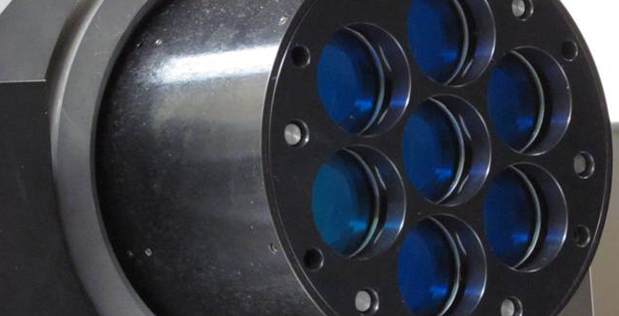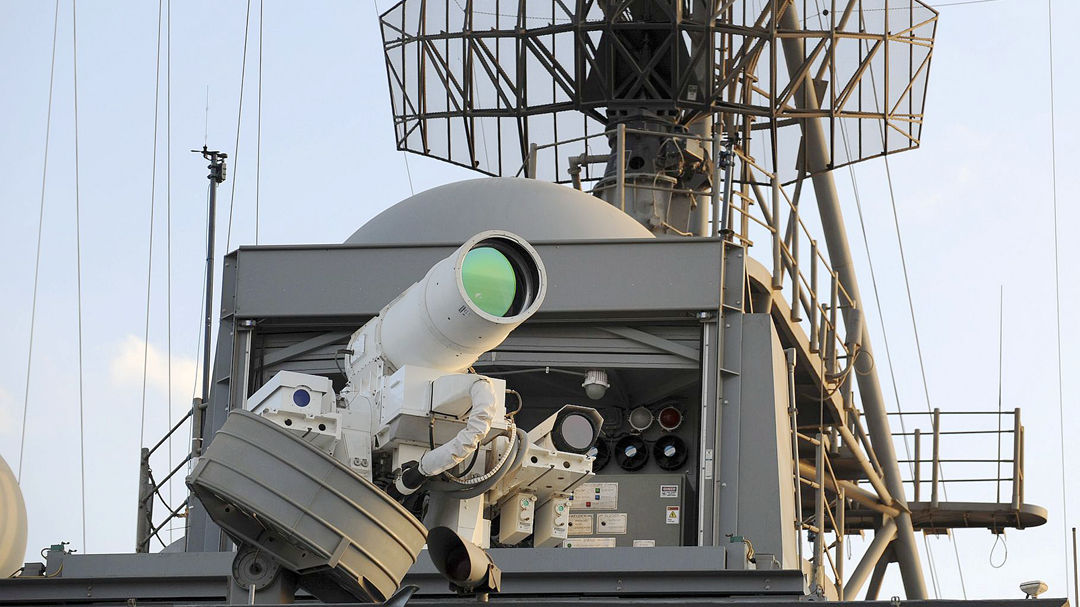Swarm attacks using unmanned vehicles involve transformative technologies that concern the DoD, and according to CTO Dr. Michael Griffin, directed energy and high-powered microwaves can be very effective defenses.
“One of the things that I think will be most promising is directed energy in one form or another”
The 2018 National Defense Strategy (NDS) foresees that ongoing advances in artificial intelligence “will change society and, ultimately, the character of war.”
Read More: US defense intelligence warns of AI-human hybrid soldiers from China
In response to the AI threat the Joint Artificial Intelligence Center (JAIC) was launched on June 27, 2018.
The JAIC is intended to enhance the ability for DoD components to execute new AI initiatives, experiment, and learn within a common framework.
Components will initially coordinate each AI initiative that totals more than $15 million annually with the JAIC in order to ensure that the DoD is creating Department-wide advantages.
“But we also have high-powered microwaves, which can be very effective”
Within the framework of the JAIC, DoD CTO and Under Secretary of Defense for Research and Engineering, Dr. Michael Griffin, is responsible for promoting the development of new AI technologies, systems, and concepts that support AI capability and delivery.
Dr. Griffin, who also oversees the Defense Advanced Research Projects Agency (DARPA), spoke about game-changing technologies in warfare last month at the Center for Strategic and International Studies (CSIS).
Read More: ‘AI will represent a paradigm shift in warfare’: WEF predicts an Ender’s Game-like future
According to Griffin, unmanned vehicles in combination with swarm tactics are disrupting the way wars are fought.
Swarming is where a military unit engages an adversary from all directions simultaneously, either with fire or in force, according to a report by the RAND National Defense Research Institute.
To maintain the balance, or rather inbalance of power (depending on whose side you’re on) in favor of the US, DARPA’s vision is to have future small-unit infantry forces using swarms comprising upwards of 250 small unmanned aircraft systems (UASs) and/or small unmanned ground systems (UGSs) to accomplish diverse missions in complex urban environments.

Dr. Michael Griffin
“One of the things we see emerging even today is the unmanned aerial vehicle, unmanned ground vehicles, unmanned water vehicles,” said Dr. Griffin.
“This in combination with the idea of swarming attacks is certainly a concern, and it may be a transformative concern. We need to learn how to defend against such things, and we need to learn how to perpetrate our own versions of those,” he added.
The Under Secretary then suggested using directed energy weapons as a means to counteract unmanned swarm attacks.
Read More: DARPA envisions soldiers swarming with 250 robots simultaneously in urban combat
“For defense against them, one of the things that I think will be most promising is directed energy in one form or another. We often think about directed energy as large lasers, and I’ve certainly been involved with some of that for decades, but we also have high-powered microwaves, which can be very effective,” said Dr. Griffin.
According to DARPA’s High Energy Liquid Laser Area Defense System (HELLADS) project briefing, “Enemy surface-to-air threats to manned and unmanned aircraft have become increasingly sophisticated, creating a need for rapid and effective response to this growing category of threats.
“High power lasers can provide a solution to this challenge, as they harness the speed and power of light to counter multiple threats. Laser weapon systems provide additional capability for offensive missions as well—adding precise targeting with low probability of collateral damage.”

Excalibur
Additionally, the DARPA Excalibur program was tasked with developing coherent optical phased array technologies to enable scalable laser weapons that are 10 times lighter and more compact than existing high-power chemical laser systems.
The optical phased array architecture provides electro-optical systems with the same mission flexibility and performance enhancements that microwave phased arrays provide for RF systems and a multifunction Excalibur array may also perform laser radar, target designation, laser communications, and airborne-platform self protection tasks.
The DoD Chief Technology Officer who spoke on directed energy weapons, has also held numerous executive positions in the industry, including President and Chief Operating Officer of In-Q-Tel — the venture capital arm of the CIA.
Read More: CIA-backed, NSA-approved Pokemon GO users give away all privacy rights
Last week, DoD CIO Dana Deasy announced that the DoD was open for business in AI and introduced the newly-formed JAIC at the DoD AI Industry Day on November 28.
“DOD is open for business in AI,” Deasy said, adding, “our goal is for the JAIC to have and deliver the capabilities to solve very large, unique problem sets that touch multiple services. To this end, we’ll build out data sets, infrastructure and tools that the [Defense Department] components can use.”












